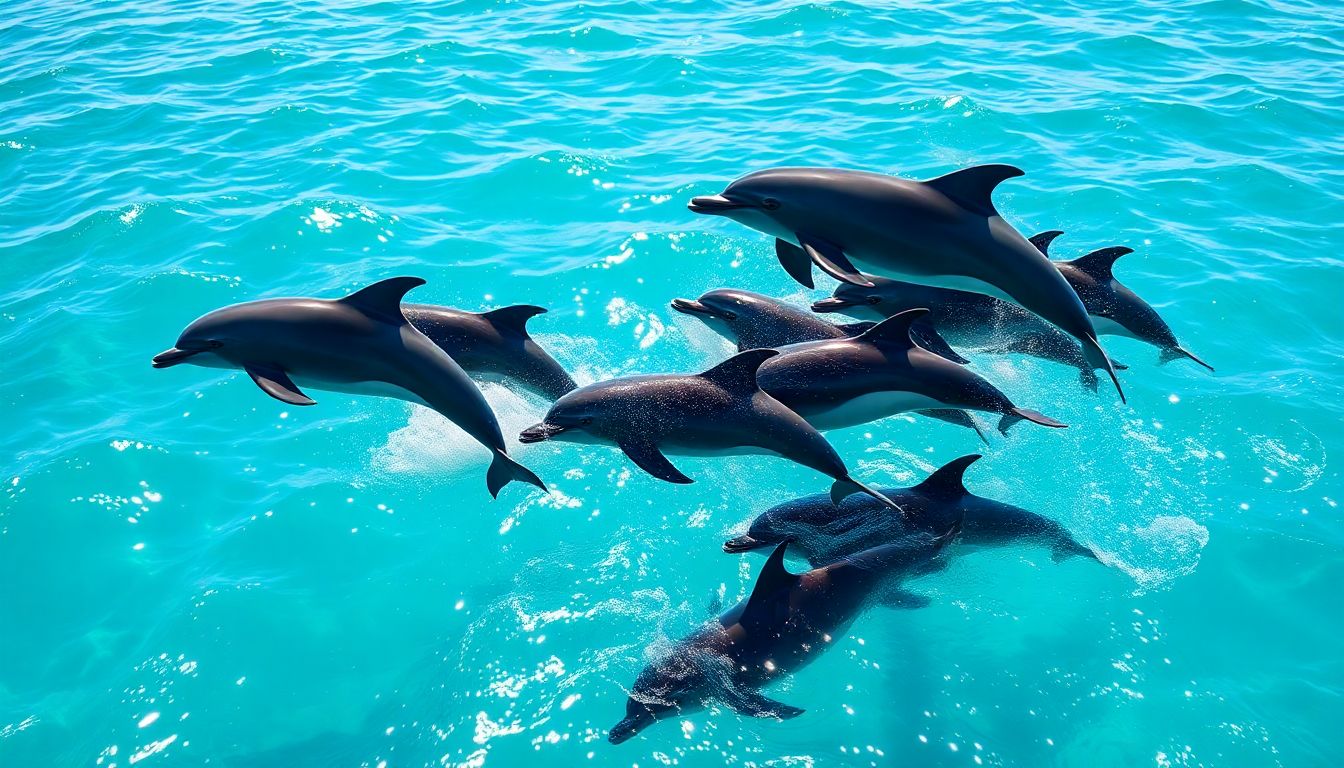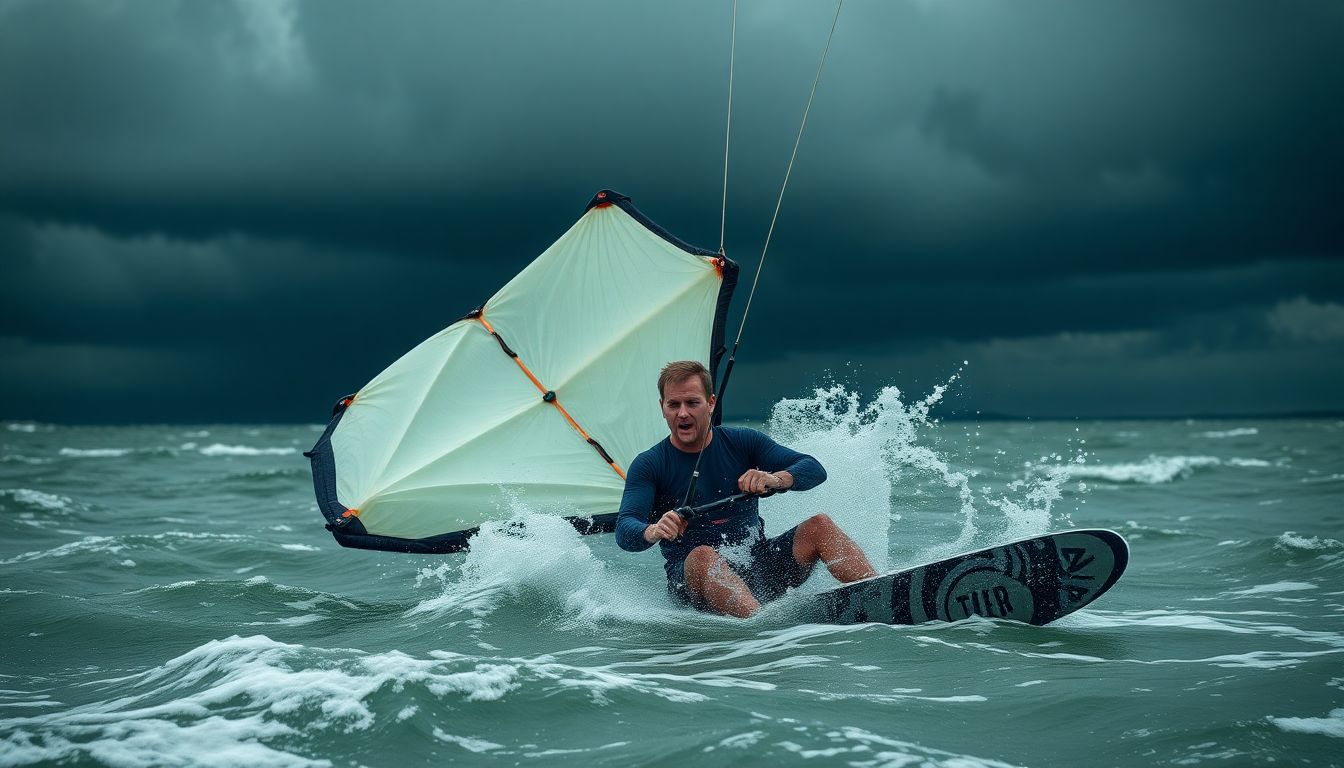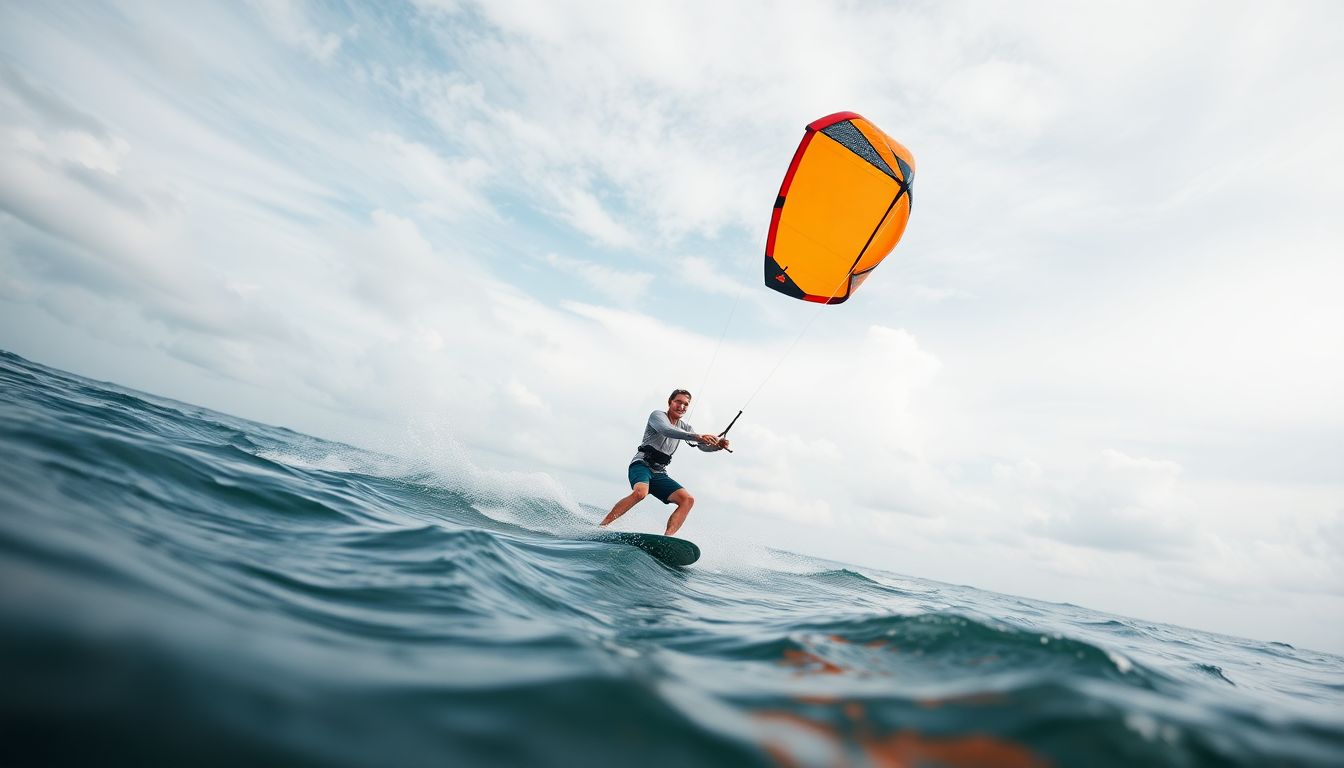[Also see our article Dolphins Jumping Out of Water: Unveiling the Amazing Leaps].
The allure of encountering dolphins in their natural habitat draws many nature lovers and adventure-seekers alike. These intelligent and playful creatures embody grace, making them a joy to watch. As wildlife tourism grows, learning how to responsibly observe dolphins not only elevates your experience but also promotes conservation and protection of marine life.
To ensure a successful dolphin-watching adventure, preparing and setting realistic expectations is key.
[Click here for one of the best books on dolphins. Great purchase for all dolphin lovers!]
Understanding Dolphin Behavior and Habitats
Dolphins are complex beings with distinct behavior patterns. Their distribution varies by species, and some areas are better for sightings than others.
Dolphin Species Distribution and Preferred Habitats
Different species of dolphins thrive in varied habitats. Here are a few common types:
- Bottlenose Dolphin: Found globally in warm tropical waters.
- Orca (Killer Whale): Mostly in cold, coastal waters.
- Spinner Dolphin: Prefers deep, offshore waters.
Daily Routines and Migratory Patterns
Dolphins are social animals with daily routines that often include feeding, socializing, and resting. Research shows that certain dolphin species migrate seasonally based on food availability and water temperature. A study by the University of California highlights the migratory patterns of the common bottlenose dolphin, revealing their preference for shallow waters during warmer months.
Factors Influencing Dolphin Surfacing and Visibility
Several factors determine when dolphins come to the surface, including:
- Feeding habits: Dolphins often surface when hunting.
- Time of day: Early mornings and late afternoons are prime viewing times.
- Weather: Calm seas provide better visibility.
Choosing the Right Location and Time
Finding the right spot can significantly enhance your dolphin-watching experience.
Best Regions and Locations for Dolphin Watching
Globally, there are renowned spots for dolphin sightings:
- Monterey Bay, California: Known for diverse marine life.
- Azores, Portugal: Famous for whale and dolphin watching tours.
- Hawaiian Islands: Ideal for watching spinner and bottlenose dolphins.
Seasonal Variations in Dolphin Sightings
Different regions have peak sighting months:
- Monterey Bay: Best from April to November.
- Azores: High sightings in the summer months.
- Hawaiian Islands: Year-round opportunities with peak in winter.
Optimizing Your Chances Based on Weather Conditions
Check weather conditions and tides before heading out. Calm, sunny days yield better sightings.
Essential Equipment and Preparation
Having the right gear can make a difference.
Choosing the Right Binoculars or Spotting Scope
Investing in quality binoculars can elevate your viewing experience. Some recommended products include:
- Nikon 7576 Monarch: Great visibility and clarity.
- Leupold BX-1: Lightweight and water-resistant.
Utilizing Apps and Online Resources for Dolphin Tracking
Several handy apps can help you track dolphin sightings, including:
- MarineTraffic: Provides updates on marine wildlife in your area.
- Dolphin Watch: Offers location information and seasonal trends.
Dressing Appropriately for Varying Weather Conditions
Dress in layers and prepare for changing weather. Waterproof jackets, sun hats, and comfortable shoes are essential.

Techniques for Effective Dolphin Spotting
To spot dolphins, understanding their behaviors is crucial.
Recognizing Dolphin Surfacing Patterns and Behaviors
Dolphins often exhibit specific surfacing behaviors. They may:
- Breach: Leap out of the water.
- Spyhop: Raise their heads to look around.
Utilizing the Horizon and Scanning Techniques
When out on the water, scanning the horizon slowly can enhance your chances. Look for:
- Fins: The dorsal fin is a common sight.
- Sprays: Watch for water vapor when they exhale.
The Importance of Patience and Persistence
Dolphin watching requires patience. It may take time, but your dedication often pays off.
Responsible Dolphin Watching Practices
Maintaining ethical standards ensures that dolphin populations remain healthy.
Maintaining a Safe Distance and Avoiding Disruption
Guidelines by organizations like NOAA suggest keeping at least 50 yards away from dolphins to avoid causing stress or altering their natural behaviors.
Understanding Ethical Considerations for Wildlife Interactions
Always respect dolphins’ space. Never feed or attempt to touch them.
Contributing to Conservation Efforts through Responsible Tourism
Participating in responsible tourism helps support local conservation efforts. Consider tours operated by certified organizations.
Conclusion: Making Lasting Memories with Dolphins
Spotting dolphins in the wild can create unforgettable memories. By understanding dolphin behavior, selecting optimal locations, and employing effective techniques, you can increase your chances of a successful encounter. Prioritize ethical practices, ensuring that future generations can enjoy these magnificent creatures.
Now, get ready to embark on your dolphin-watching adventure! Whether you’re near the coast or planning a trip, the ocean awaits your discovery.








